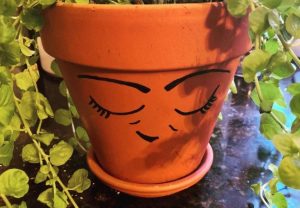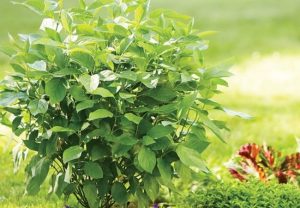Discover the world of healing succulent plants. Learn about their medicinal properties, care tips and how to incorporate these resilient plants into your wellness routine. Perfect for plant enthusiasts and natural remedy seekers.
Healing succulent plants are known for their medicinal properties and easy-to-grow nature. Popular varieties include Aloe Vera, known for skin healing, and Euphorbia Tirucalli, used in traditional medicine. These plants generally require well-draining soil, moderate sunlight, and minimal watering to thrive.
Introduction to Healing Succulent Plants
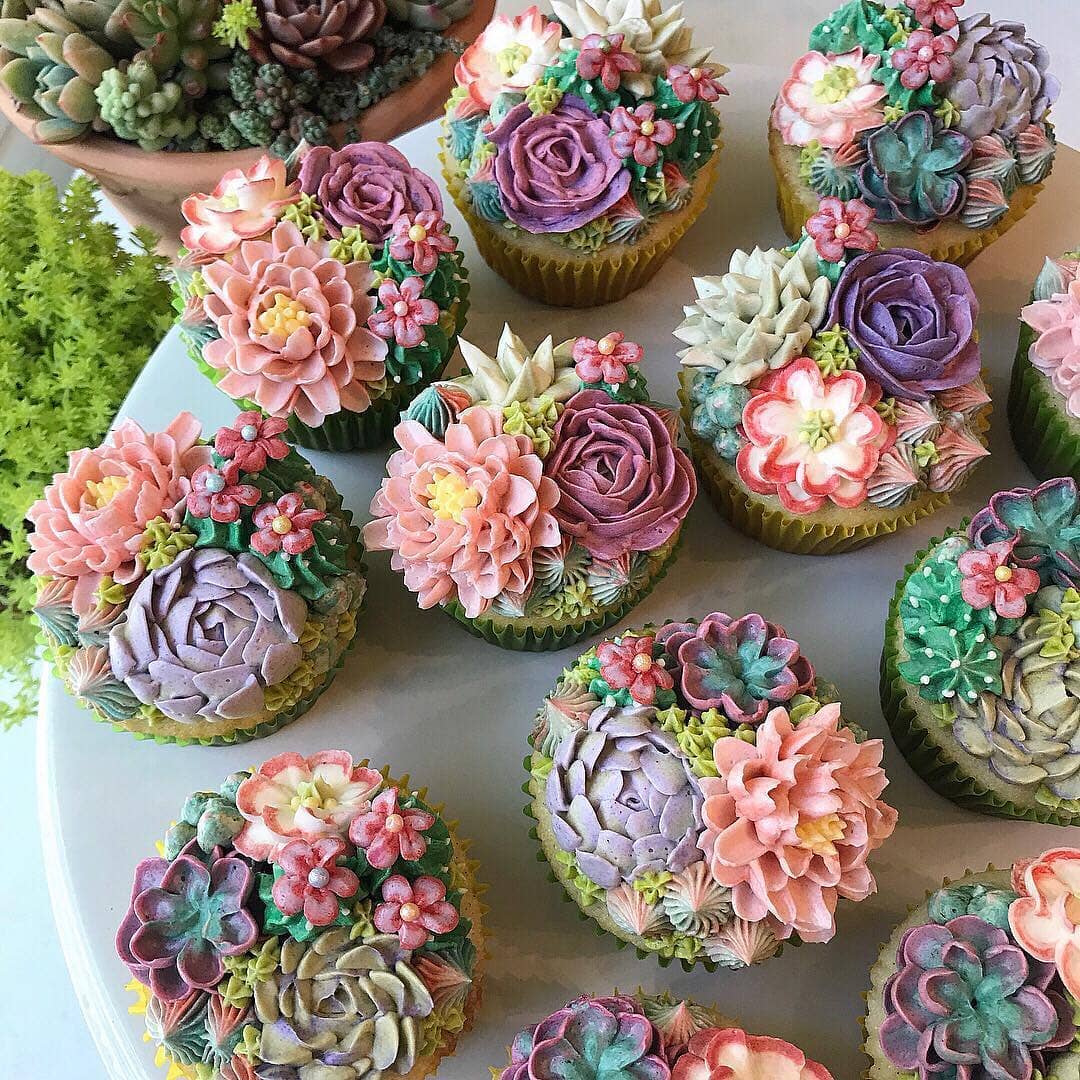
As a botanist specializing in medicinal plants for over two decades, I’m thrilled to share insights into the fascinating world of healing succulent plants. These resilient plants not only add beauty to our surroundings but also offer a range of potential health benefits.
What Are Healing Succulent Plants?
Healing succulent plants are a subset of succulents known for their medicinal properties. These plants have adapted to store water in their leaves, stems, or roots, making them drought-resistant and easy to care for.
For more information on succulents, visit the University of California’s Agriculture and Natural Resources page.
Popular Healing Succulent Plants
1. Aloe Vera
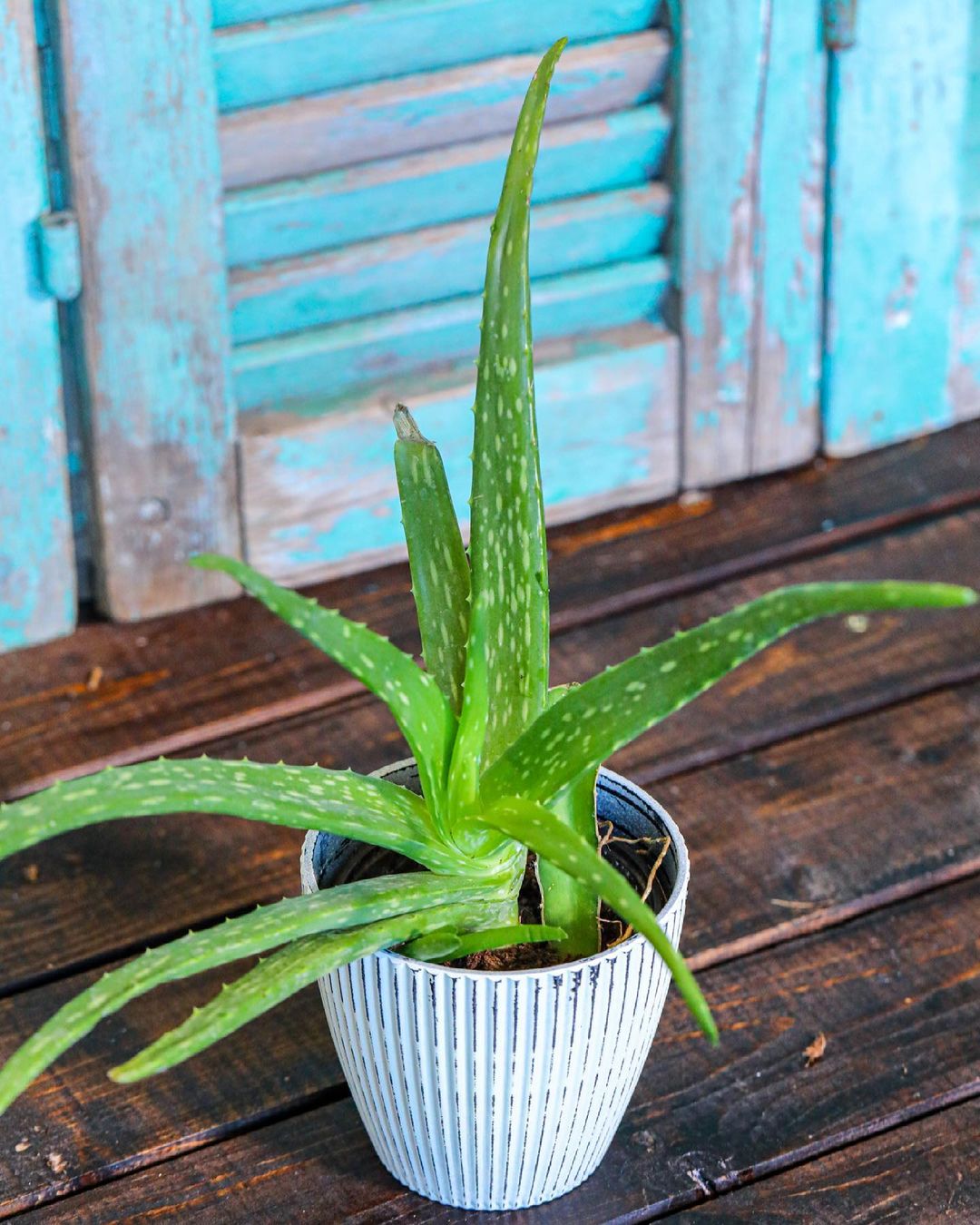
- Benefits: Skin healing, anti-inflammatory
- Care: Well-draining soil, bright indirect light
2. Euphorbia Tirucalli (Pencil Cactus)
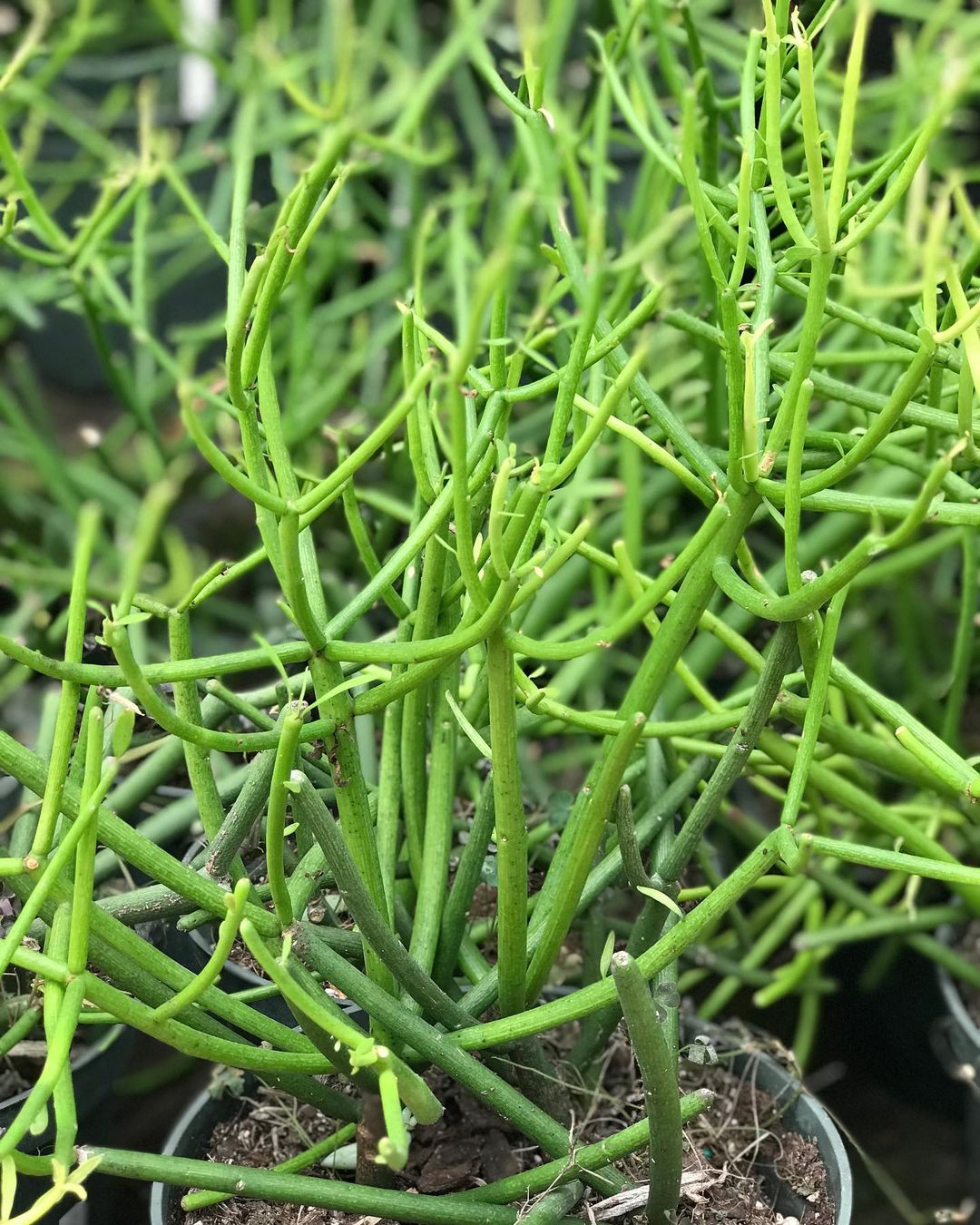
- Benefits: Used in traditional medicine for various ailments
- Care: Full sun, minimal watering
3. Kalanchoe Blossfeldiana
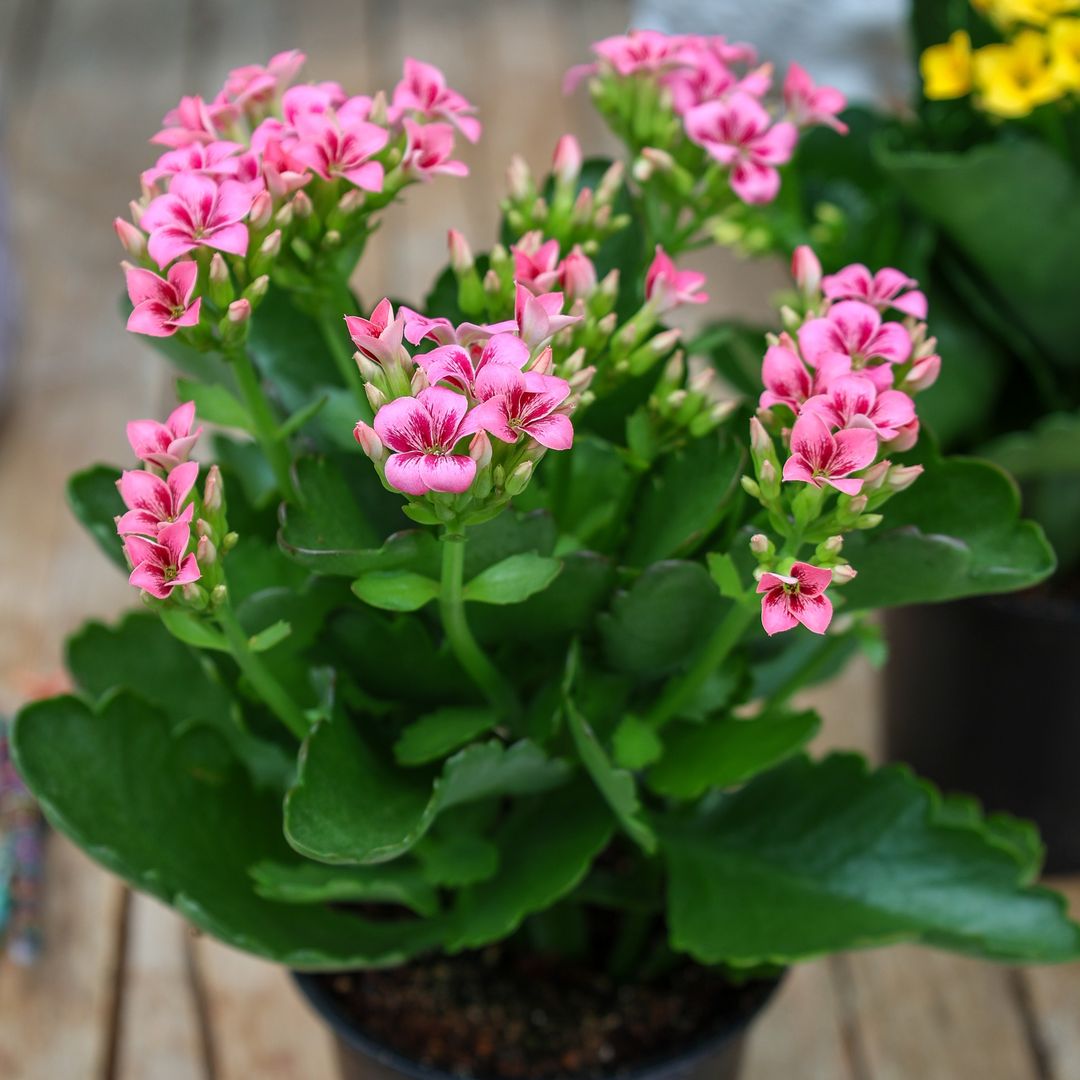
- Benefits: Anti-inflammatory, wound healing
- Care: Bright light, allow soil to dry between watering
4. Jade Plant (Crassula Ovata)
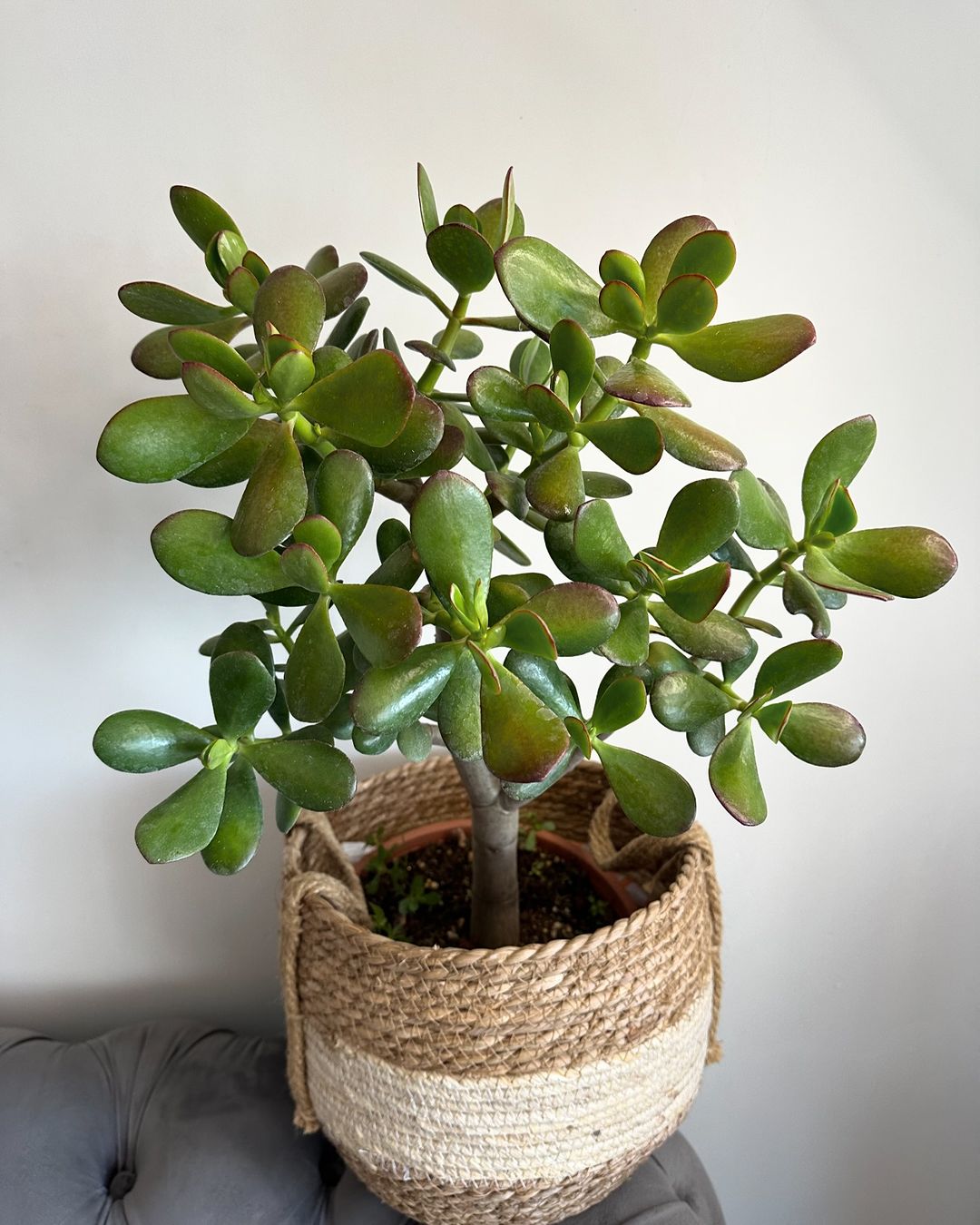
- Benefits: Air purifying, believed to reduce stress
- Care: Bright indirect light, well-draining soil
For a comprehensive list of medicinal plants, check the World Health Organization’s Monographs on Selected Medicinal Plants.
Caring for Healing Succulent Plants
Soil Requirements
- Use well-draining cactus or succulent mix
- Add perlite or coarse sand for better drainage
Light Needs
- Most prefer bright, indirect light
- Some varieties can tolerate full sun
Watering
- Allow soil to dry completely between watering
- Reduce watering in winter months
Temperature and Humidity
- Prefer temperatures between 60-80°F (15-27°C)
- Can tolerate low humidity
For detailed succulent care, visit Cornell University’s Gardening Resources.
Medicinal Uses of Healing Succulents
Topical Applications
- Aloe vera gel for burns and skin irritations
- Kalanchoe leaf juice for minor wounds
Internal Uses (with caution)
- Some succulents are used in traditional medicine
- Always consult a healthcare professional before internal use
Aromatherapy
- Some succulents have aromatic properties used in essential oils
For scientific research on medicinal plants, refer to the Journal of Ethnopharmacology.
Propagating Healing Succulent Plants
Leaf Cuttings
- Remove a healthy leaf
- Allow the cut end to callus
- Place on well-draining soil
- Mist occasionally until roots form
Stem Cuttings
- Cut a stem segment
- Let it dry for a few days
- Plant in succulent mix
- Water sparingly until established
For more propagation techniques, check North Carolina State University Extension’s guide.
Potential Risks and Precautions
- Some succulents can be toxic if ingested
- Wear gloves when handling species with irritating sap
- Keep out of reach of children and pets
For plant toxicity information, consult the ASPCA’s toxic and non-toxic plants list.
Healing succulent plants offer a unique blend of aesthetic appeal and potential health benefits. Their low-maintenance nature makes them accessible to both novice and experienced plant enthusiasts. While these plants have been used in traditional medicine for centuries, it’s important to approach their medicinal use with caution and under professional guidance. By incorporating these resilient plants into your home and life, you can enjoy their beauty while potentially benefiting from their healing properties.
For more information on the scientific study of medicinal plants, visit the American Society of Pharmacognosy.
For more gardening tips and plant care guides, visit https://solanogarden.org/
